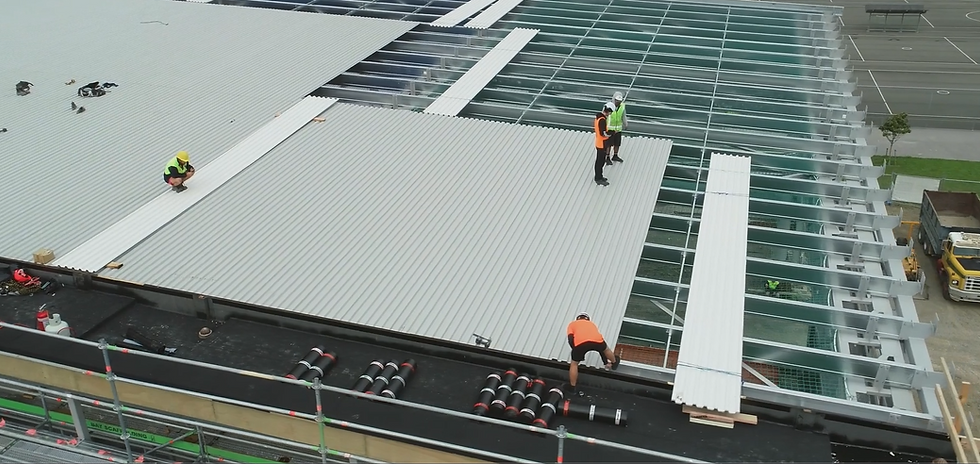top of page
DESIGN - 5 CPD POINTS
Roof Renewals A Smarter Way To Upgrade Your Building
19 September 2025
Length:
30 Minutes
Dimond will be joining us to share their roofing expertise and insights. We’ll also walk you through a real school reroofing case study and run a live reroof demonstration, giving you the chance to see the process in action.

Featured Speakers
Shane Clarke
John Stallard
Stacey Nickel
Specification Manager at Dimond
CPD points are given upon completion of the entire webinar.
Full Transcript
[Shane Clark]
Welcome to Webinar 40-something. I’m Shane Clark, General Manager at Nuralite. Today’s topic is re-roofing existing roofs. We believe the most economical and environmentally friendly roof is the one you already have.
On the panel: John Stellard, who began his career as a plumbing and drainfitting apprentice, ran his own roofing business, was Technical Director of Waterproofing Systems, and is now Senior Technical Adviser at Nuralite. In his spare time he enjoys classic American muscle cars.
Also Stacy Nickel, System Partner and North Island Specification Manager for Diamond Roofing. She’s keen on training, coaching, and helping get things done.
We’ll run for about 30 minutes. We’ll try to be interactive — use the Q&A, polls. At the end there’s a survey if you want NZIA CPD points. Key message: fix what you have; re-roofing rather than replacing.
We’ll talk today about different re-roofing types: membrane overlays, metal tray overlays, how they interact, live demonstration. We’ll poll to get feedback as we go.
John Stellard (Case study):
This case study is a school in Palmerston North. The existing curved metal tray roof had a fall of about 2°. The architects wanted a cost-effective solution with minimal disruption. We proposed a lightweight roof overlay (~72 kg/m²), consentable, covered by the Nuralite CodeMark. It passed consent, no need for building scaffold (estimated saving ~$60,000), and no removal of the existing roof.
Build-Up Details (John):
Clean existing roof, treat rust.
High-density, high-grade infills between ribs to support over the rib areas.
Vapour barrier (silicone-based) underlay.
100 mm PIR board providing R-value ~4.55.
Thermally broken fixings; screws penetrate 25 mm through the tray.
Fleece-back TPO membrane, sprayed with adhesive for even application.
Old tray roof was from 1969-early ’70s. Roof lights removed and infilled flush. Roof area was 429 m², installed in 2.5 days (excluding flashings). Large TPO sheets (30 m × 3 m) laid (~90 m² every 40 minutes). Roof remained weather-tight throughout installation.
Stacy Nickel (Diamond Roofing Systems):
DAR = Diamond Advanced Retrofit systems. These let you keep existing roof, avoid removal or disruption, upgrade thermal performance and condensation control. Three systems: vented, non-vented, standard post & rail.
Vented system: top sheet separated by vented rails, allows movement; used on larger panels (over ~25 m).
Non-vented: fixed through to base, fully sealed; good for coastal zones.
Profiles include tray, trough, trapezoidal; unique DD630 concealed clip with long sheet lengths (100 m possible) which avoids piercing top sheet.
Integration of Systems:
Metal roofing often meets membrane gutters. Nuralite + Diamond collaborate for seamless transitions. Example: Hawke’s Bay Sports & Leisure – Diamond vented metal roof with membrane gutter, continuous insulation envelope.
Demonstration (Torch-on Membrane Overlay):
We showed the steps: prime rust, repair broken sheets, install infills, self-adhesive vapour blocker, PIR insulation (80 mm giving R≈3.67), mechanical fixings, self-adhesive base sheet, cap sheet (4 mm mineral chip finish, slate colour). System stays weather tight during work; choice of finishes: torch-on, single ply, metal long-run depending on pitch etc.
FAQs
What is the main advantage of re-roofing with overlays instead of replacing the entire roof?
Overlays are more cost-effective, environmentally friendly, and minimise disruption since the existing roof remains in place and weather-tight.
How was scaffold cost avoided in the Palmerston North school case study?
The Nuralite CodeMark-approved lightweight overlay system meant no removal of the existing roof was required, saving an estimated $60,000 in scaffolding costs.
What thermal performance can be achieved with the PIR insulation used in overlays?
A 100 mm PIR board provides an R-value of approximately 4.55.
How do Diamond Advanced Retrofit (DAR) vented and non-vented systems differ?
The vented system separates the top sheet with vented rails for movement (used on larger panels over ~25 m), while the non-vented system is fully fixed and sealed, making it suitable for coastal environments.
What are the minimum slopes required for overlay systems?
Metal long-run requires about 3°, while membrane systems can be installed down to 1:100 (≈0.6°) under Nuralite’s CodeMark approval.
bottom of page

